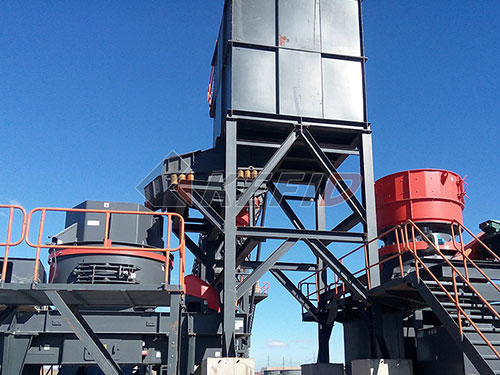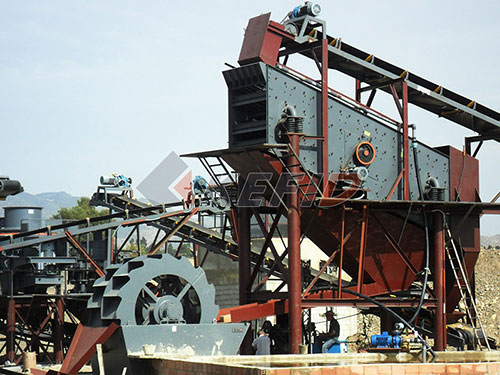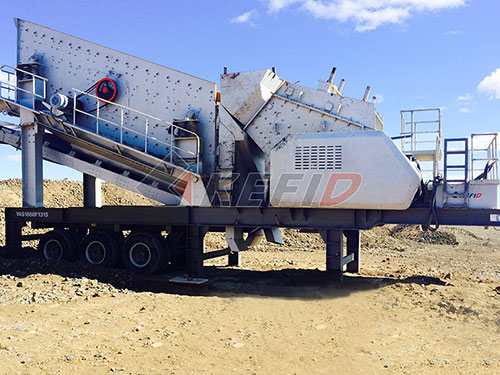The Unsung Hero of Sustainability: How Oyster Shell Crushers Transform Waste into Wealth
Across coastal communities and bustling seafood industries worldwide, mountains of discarded oyster shells pile up – a seemingly inevitable byproduct of our love for these briny delicacies. Yet, within this overlooked waste stream lies immense potential, unlocked by a remarkably efficient machine: the Oyster Shell Crusher. Far more than just a grinder, this specialized equipment is a linchpin in building circular economies and promoting environmental stewardship.
The Problem: Mountains of Shells
Every shucked oyster leaves behind its durable shell – primarily composed of calcium carbonate (CaCO₃). Historically viewed as nuisance waste destined for landfills or dumped back into waterways (sometimes causing ecological imbalances), these shells represent both an environmental burden and a wasted resource:
Landfill Overload: Oyster shells are bulky and heavy, consuming significant landfill space.
Missed Opportunity: Their inherent properties – high calcium content, alkalinity (pH buffering), slow-release minerals, natural porosity, and abrasiveness – are incredibly valuable if harnessed correctly.
Ecological Disruption: Dumping large quantities indiscriminately can alter local sediment composition or smother habitats.
The Solution: Enter the Oyster Shell Crusher
This is where the specialized oyster shell crusher steps in as an essential processor:
1. Size Reduction: Its primary function is to break down large, irregular shells into consistently sized fragments.
2. Cleaning & Preparation: Many systems incorporate washing stages to remove residual organic matter (meat scraps), salt, sand, or other debris before or after crushing.
3. Classification: Advanced units may include screening mechanisms to separate crushed material into different grades (e.g., coarse grit vs fine powder).
How It Works (Core Mechanisms):
Hammer Mills: The most common type uses rapidly rotating hammers within a chamber to repeatedly strike shells against breaker plates until they fracture into smaller pieces.

Roller Crushers: Employ two counter-rotating rollers that compress shells passing between them, crushing them via pressure.
Jaw Crushers: Less common but effective for initial coarse crushing; utilize compressive force between fixed and moving jaw plates.
Impact Crushers: Use high-speed rotors throwing shells against impact plates for fragmentation.

The choice depends on desired output size range (from large gravel down to fine powder), throughput capacity required, and initial shell condition.
Transforming Waste into

Leave a Reply